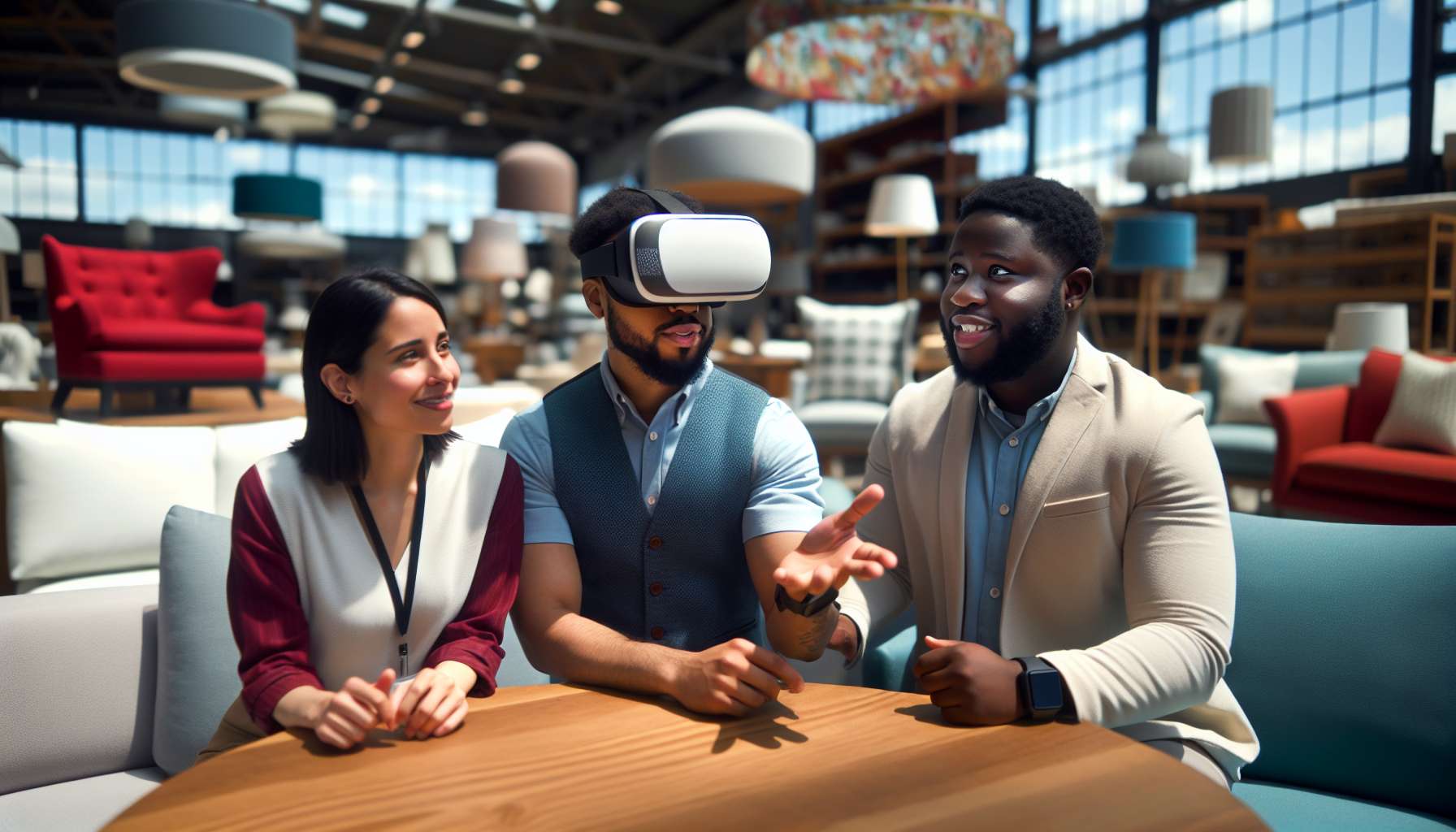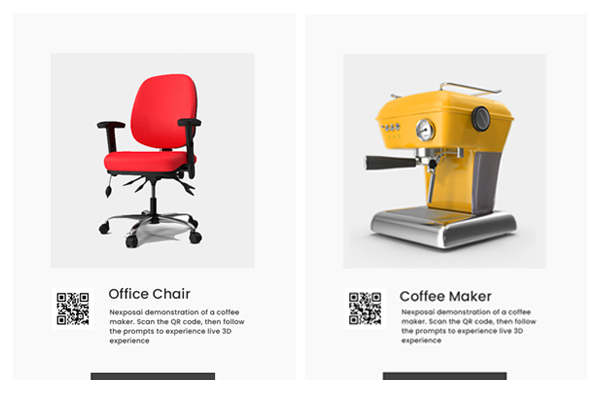The Power of Augmented Reality in Transforming Visual Merchandising for Furniture Retail
As technology continues to advance at an unprecedented pace, industries across the board are finding innovative ways to leverage its potential. One such industry that has embraced the power of technology is furniture retail. With the advent of augmented reality (AR), visual merchandising in furniture retail has undergone a remarkable transformation, revolutionizing the way customers interact with products and enhancing their overall shopping experience.
What is Augmented Reality?
Before we delve into the impact of AR on visual merchandising, let’s first understand what augmented reality is. AR is a technology that overlays digital information, such as images, videos, or 3D models, onto the real world, enhancing our perception and interaction with the environment. By using a smartphone, tablet, or AR glasses, users can experience a blend of the physical and digital worlds in real-time.
Enhancing the Customer Experience
Visual merchandising plays a crucial role in attracting customers and influencing their purchasing decisions. Traditionally, furniture retailers relied on physical showrooms to showcase their products. However, this approach had limitations in terms of space, variety, and customization options. With AR, retailers can now offer customers a virtual showroom experience, allowing them to visualize furniture pieces in their own homes.
Imagine being able to see how a new sofa would look in your living room before making a purchase. AR technology enables customers to do just that. By simply pointing their smartphone or tablet at a designated area, they can virtually place furniture items, adjust their size, color, and style, and get a realistic preview of how they would fit into their space. This not only saves time and effort but also eliminates the guesswork involved in imagining how furniture will look in a specific setting.
Personalization and Customization
One of the key advantages of AR in visual merchandising is the ability to offer personalized and customized experiences to customers. With AR, retailers can provide virtual catalogs that allow customers to browse through an extensive range of furniture options, styles, and finishes. By leveraging AR technology, customers can visualize different combinations and configurations, enabling them to make informed decisions based on their preferences and requirements.
Moreover, AR can also facilitate customization by allowing customers to modify furniture designs in real-time. Whether it’s changing the fabric of a sofa or adjusting the dimensions of a table, AR empowers customers to tailor furniture pieces to their exact specifications. This level of personalization not only enhances the customer experience but also increases customer satisfaction and loyalty.
Driving Sales and Reducing Returns
AR has proven to be a powerful tool in driving sales and reducing returns in the furniture retail industry. By providing customers with a realistic visualization of products in their own spaces, AR helps to bridge the gap between online and offline shopping experiences. This immersive and interactive approach increases customer engagement and confidence in their purchase decisions, ultimately leading to higher conversion rates.
Furthermore, AR can significantly reduce the rate of returns. By allowing customers to virtually try out furniture pieces before buying, they can ensure that the items they choose are the perfect fit for their homes. This not only saves retailers the cost and hassle of processing returns but also improves customer satisfaction by minimizing the chances of disappointment or dissatisfaction.
The Future of AR in Visual Merchandising
The potential of AR in visual merchandising is vast and continues to evolve. As technology advances, we can expect even more immersive and realistic experiences. For instance, AR glasses could replace smartphones and tablets, providing a hands-free and seamless interaction with virtual furniture. Additionally, advancements in AI and machine learning will enable AR to offer personalized recommendations based on individual preferences and styles.
With the increasing adoption of AR in furniture retail, it’s clear that this technology is here to stay. By embracing AR, retailers can transform their visual merchandising strategies, offering customers a unique and engaging shopping experience. Whether it’s visualizing furniture in their own homes, personalizing designs, or reducing returns, AR has the potential to revolutionize the way we shop for furniture.
So, if you’re a furniture retailer looking to stay ahead of the curve and provide your customers with an exceptional shopping experience, it’s time to explore the possibilities of AR visual merchandising. The future is here, and it’s augmented.





